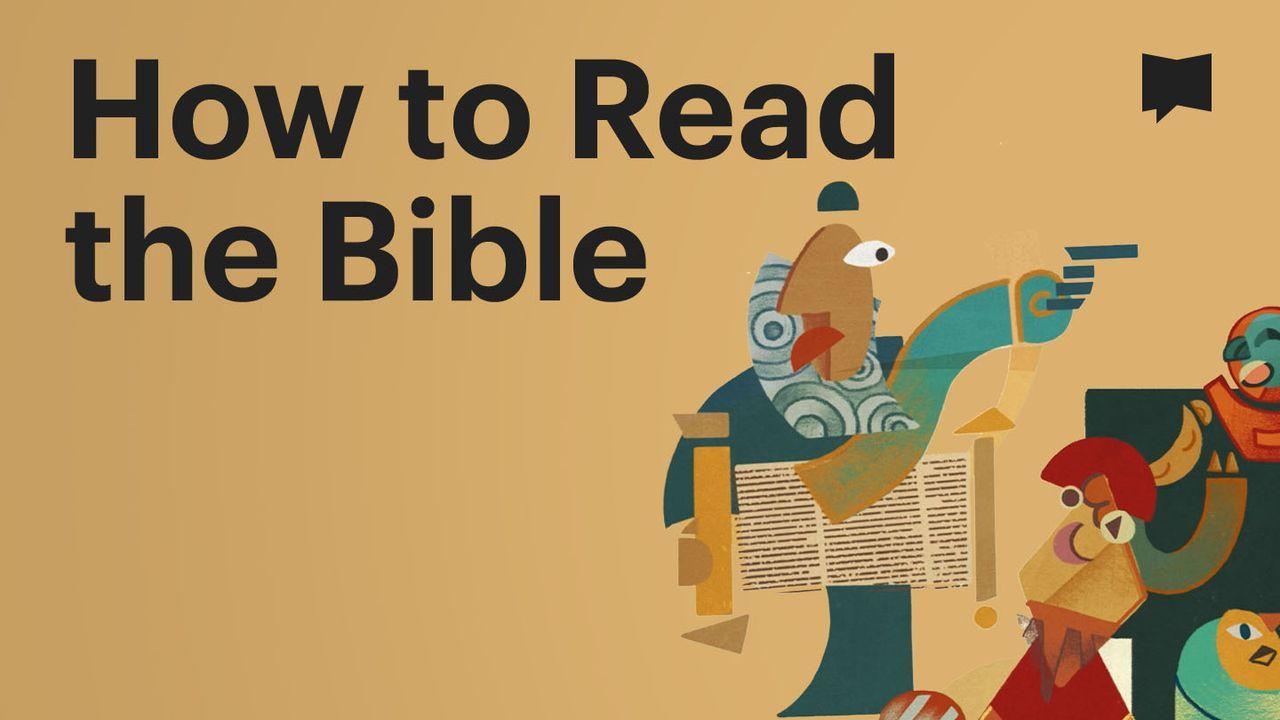BibleProject | How to Read the BibleSample

Day 11: The Art of Biblical Poetry
Thirty percent of the Bible is made up of ancient poetry. That’s a lot! Poetry is everywhere in the Bible, and some biblical books are entirely poetry. Most of the Hebrew prophets wrote masterful poems, and the majority of God’s speech in the Bible is represented as poetry. It’s also very common in biblical narrative for the story to pause while a character breaks out in poetic song.
Nearly all human cultures with a common literature have ways of separating functional, utilitarian language from intentional, expressive, and artistic language, namely, poetry. And all cultures develop unique patterns of poetic speech or conventions for how poetic speech works. For example, metered rhyme is a feature of classic Western poetry:
Roses are red, violets are blue,
Sugar is sweet, and so are you.
And a haiku, a traditional Japanese style of poetry, uses specific line length and syllable structure—three poetic lines and the numbered syllable pattern: 5-7-5.
An old silent pond…
A frog jumps into the pond,
splash! Silence again.
- Matsuo Bashō
The Ancient Israelite poetry found in the Bible doesn’t fit any kind of master system like meter (though some think so). However, the Israelites were aware of a certain kind of speech that was poetic, dense, and distinct from normal speech. They even have vocabulary for it.
“Song” (Hebrew, shir / shirah)
Exodus 15:1: “Then Moses and the Israelites sang this song…”
“Psalm” (Hebrew, mizmor)
Psalm 3: “A mizmor of David.”
“Lament” (Hebrew, qinah)
2 Samuel 1:17: “David lamented this qinah over Saul and Jonathan.”
These compositions show a unique, cultural form of Hebrew poetry, not a formal system but a series of characteristics.
1. Rhythm: Hebrew poetry is shaped into a line-rhythm or verse. It is not metrical (based on syllable counts); rather, it’s a form of free verse poetry.
2. Terseness: Hebrew poetry is concise, using as few words as possible to communicate as much as possible.
3. Parallelism: This refers to the correspondence and relationship of one verse or line to another.
Poetry is a rich and artistic form of human communication, but it is often the most difficult to read. In today's video, we’ll explore the unique characteristics of biblical poetry, so you can discover its beauty and power for yourself!
Scripture
About this Plan

The Bible is the most influential book in human history, but what is it exactly? This reading plan is designed to introduce you to the Bible and its unique design, various genres, and unified story.
More
| We would like to thank BibleProject for providing this plan. For more information, please visit: http://bibleproject.com |
Related Plans

Move With Joy: 3 Days of Exercise

Mission Trip to Campus - Make Your College Years Count

Living With Power

Hear

Daughter, Arise: A 5-Day Devotional Journey to Identity, Confidence & Purpose

Unshaken: 7 Days to Find Peace in the Middle of Anxiety

Joshua | Chapter Summaries + Study Questions

Conversation Starters - Film + Faith - Redemption, Revenge & Justice

Called Out: Living the Mission
